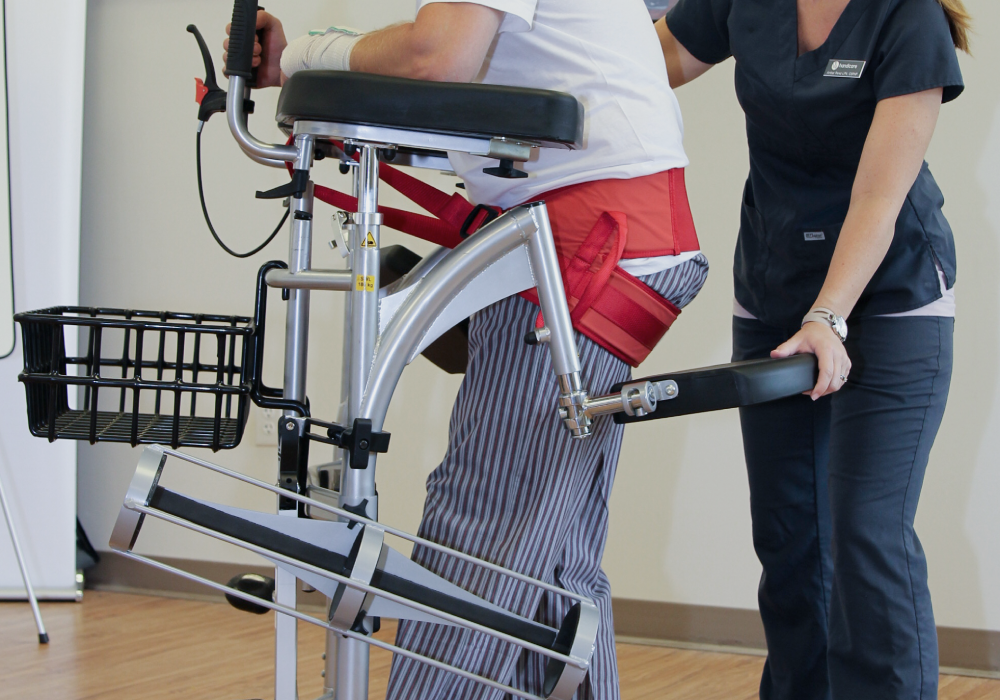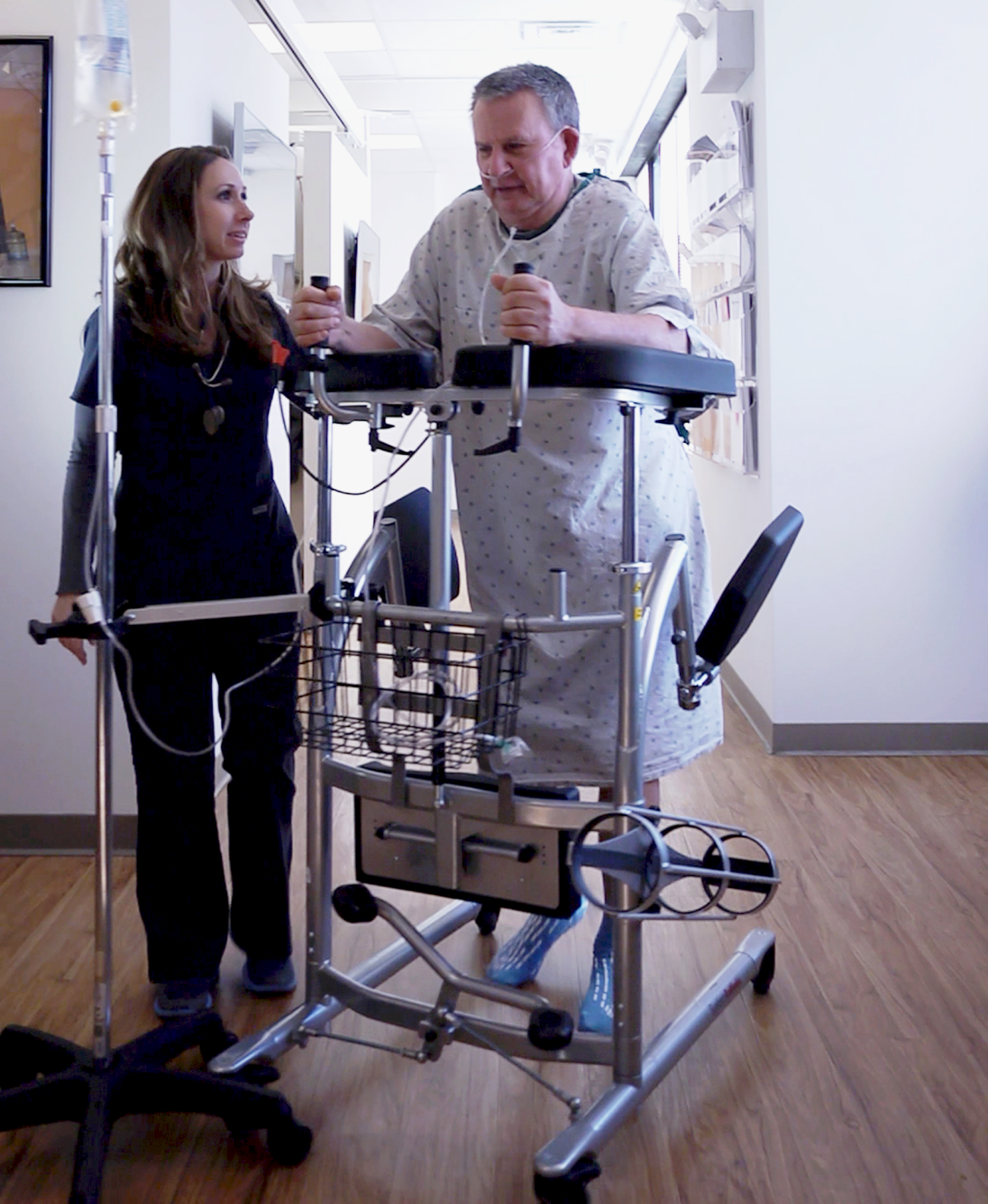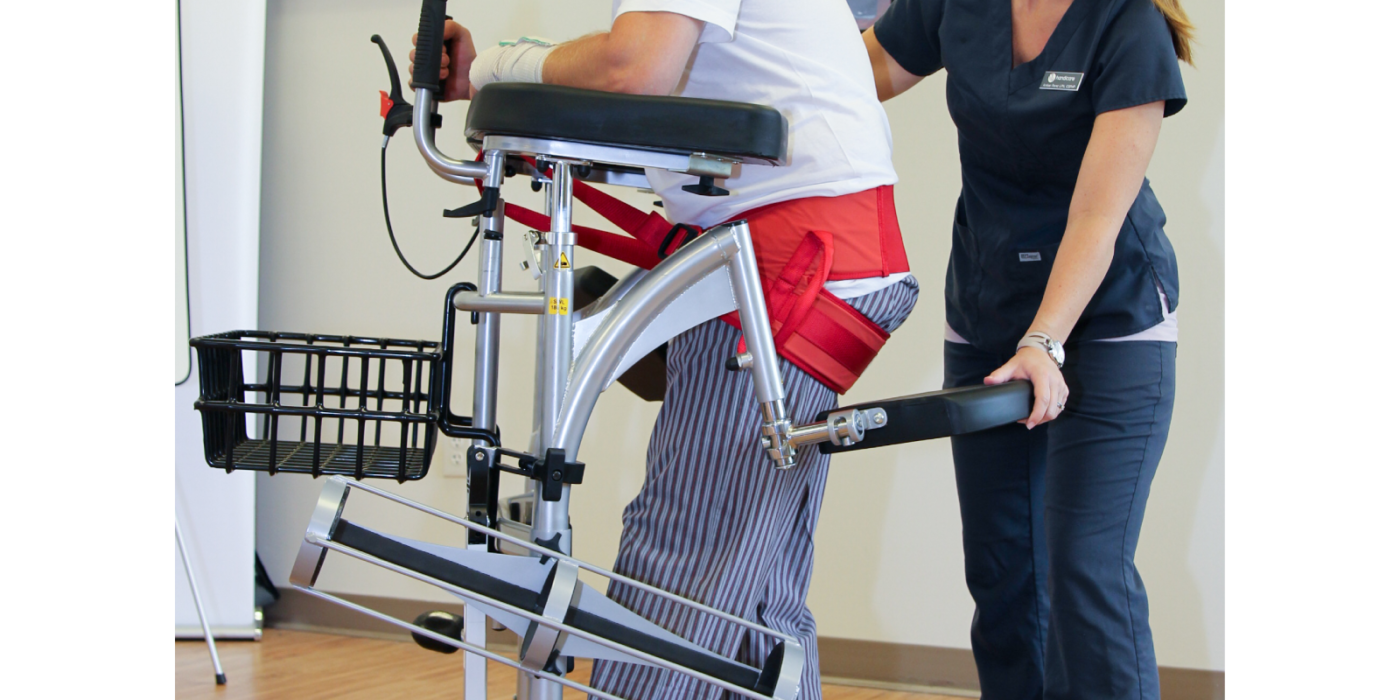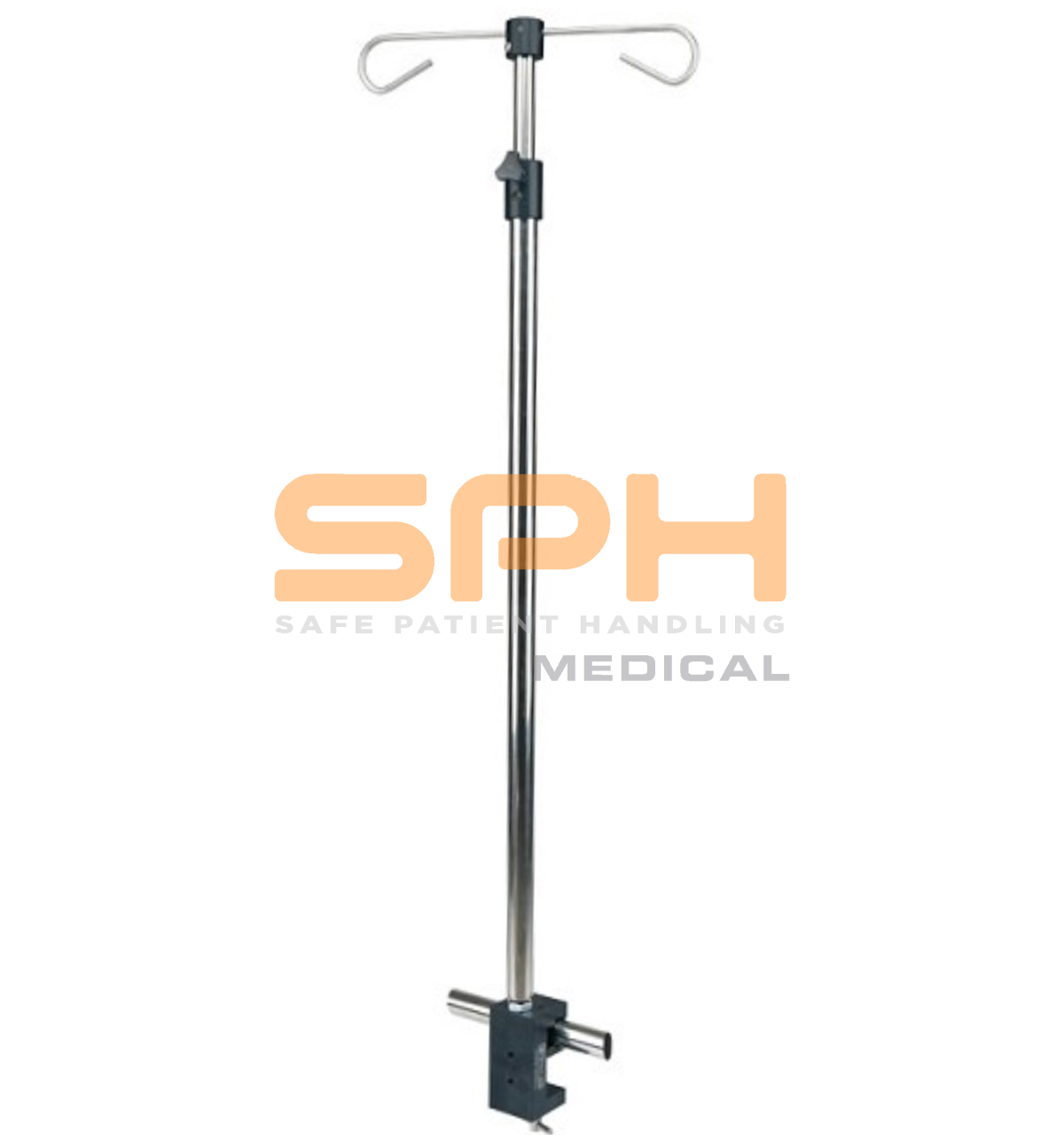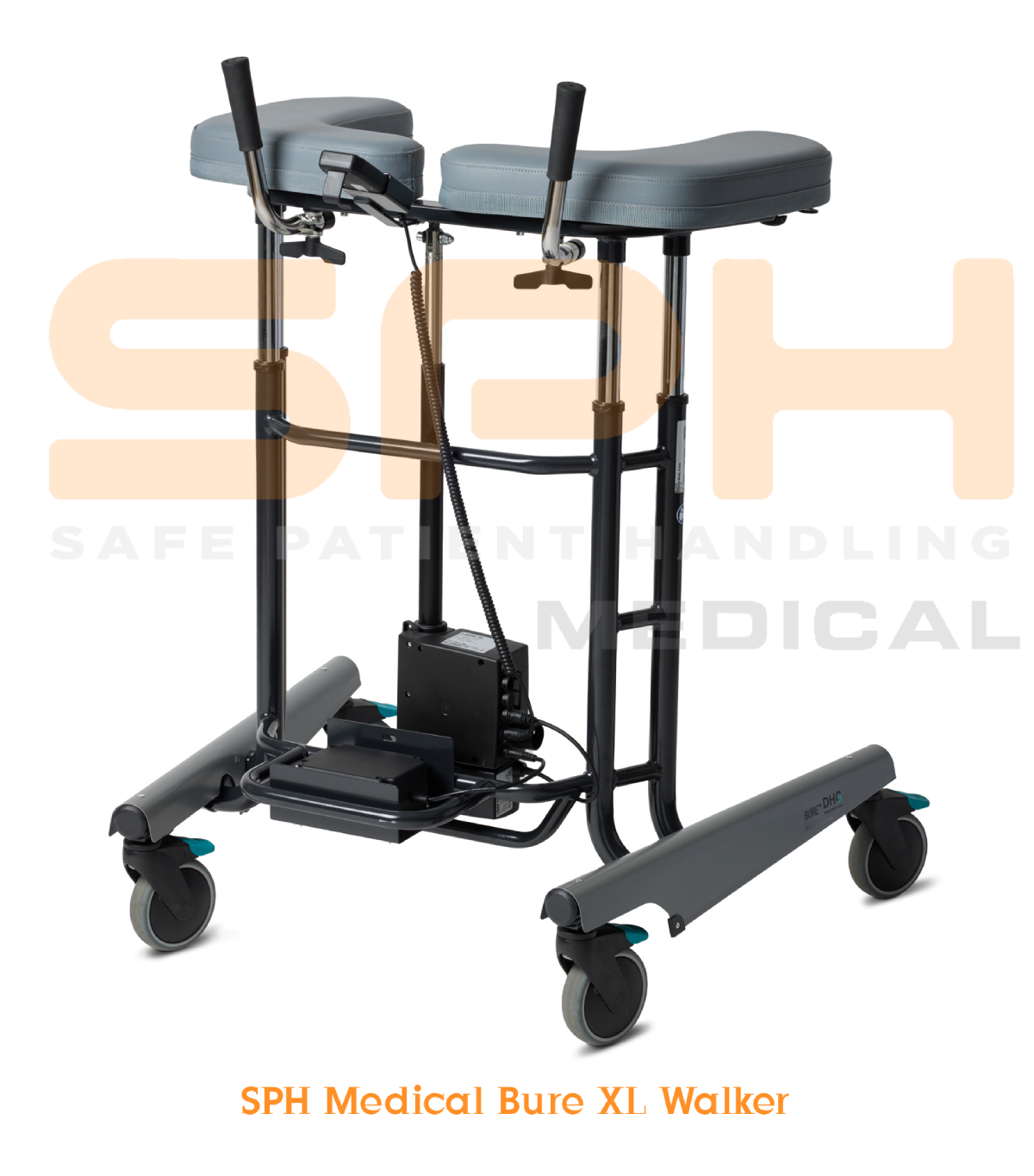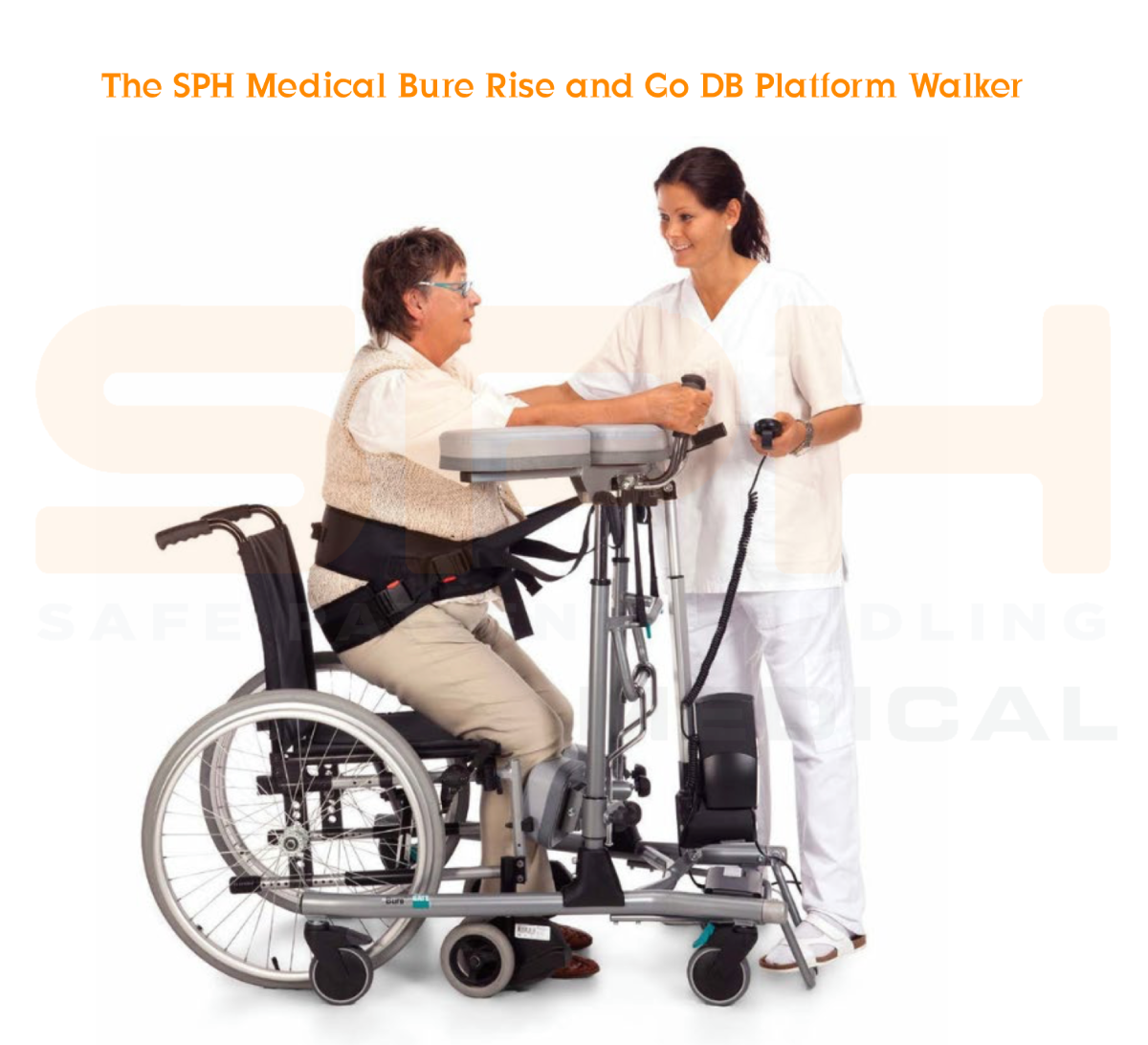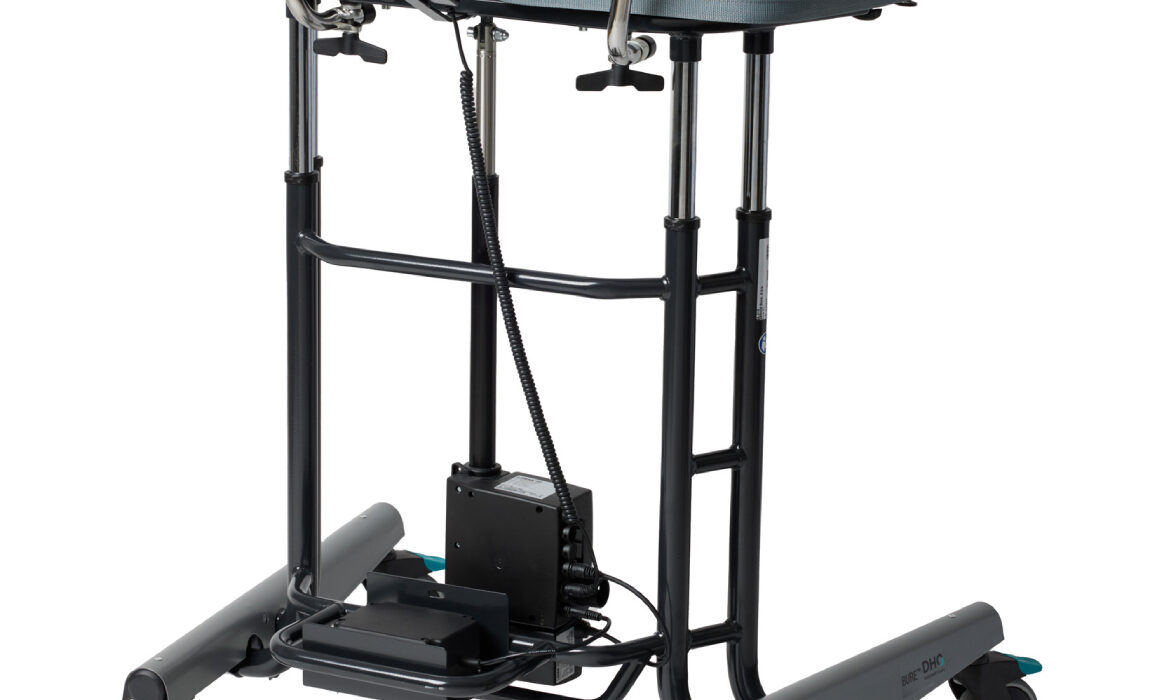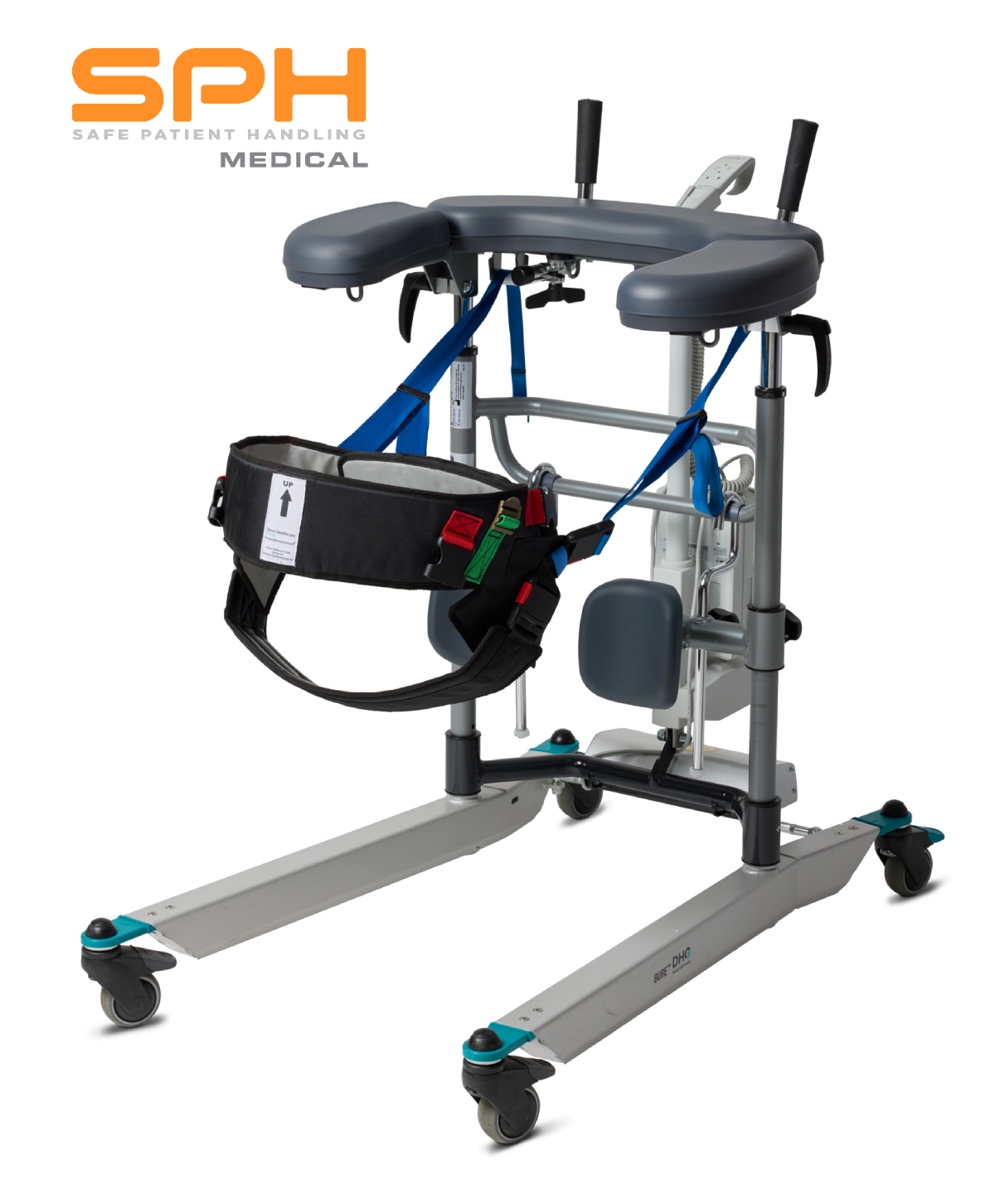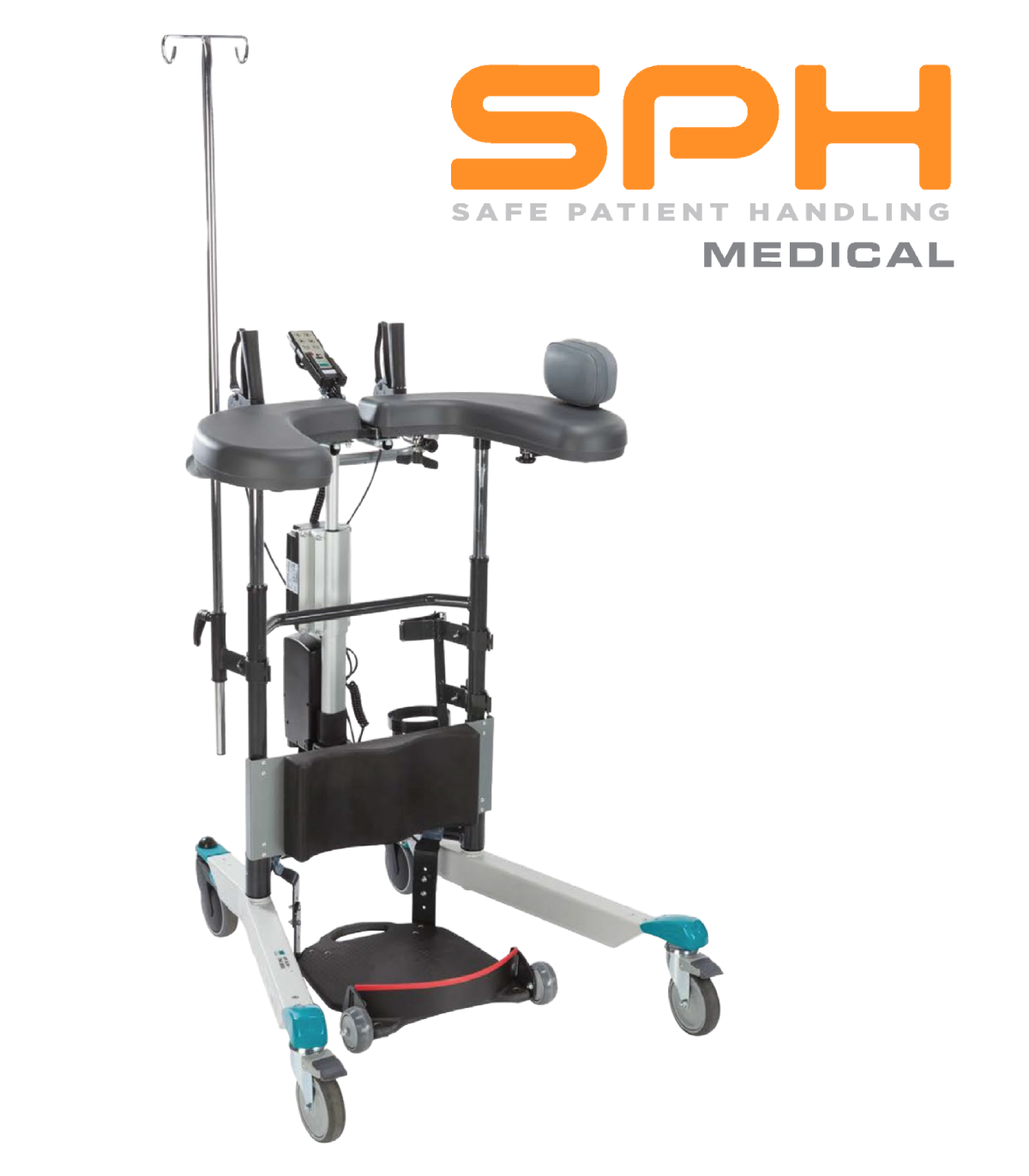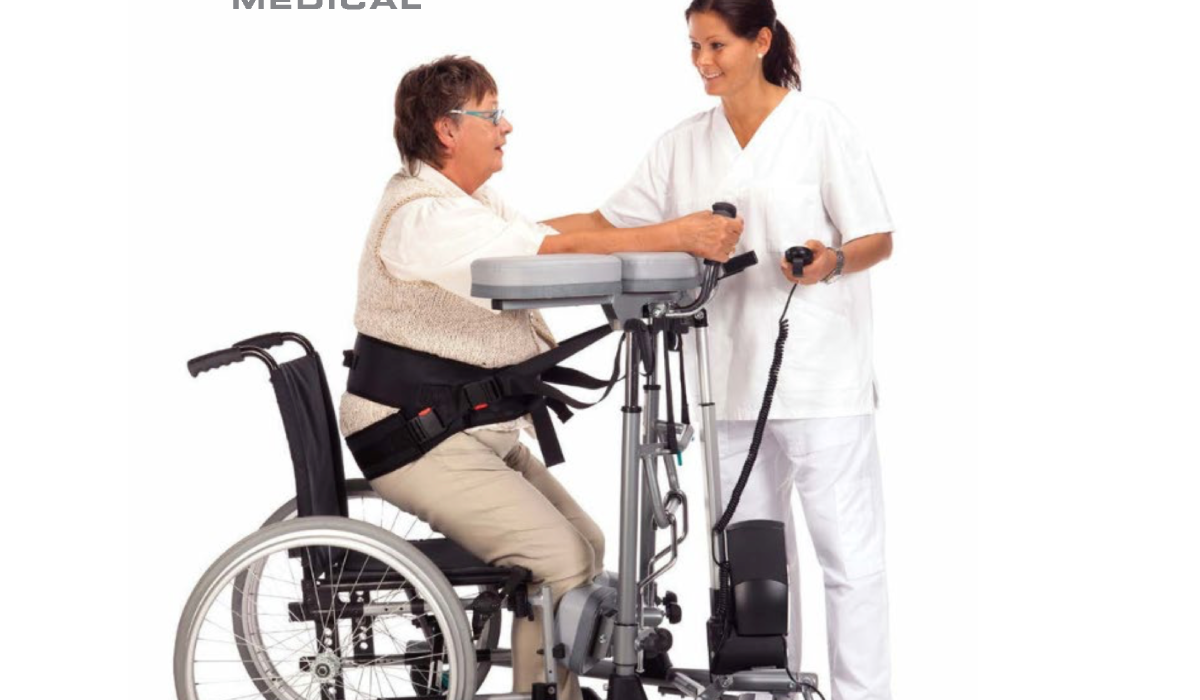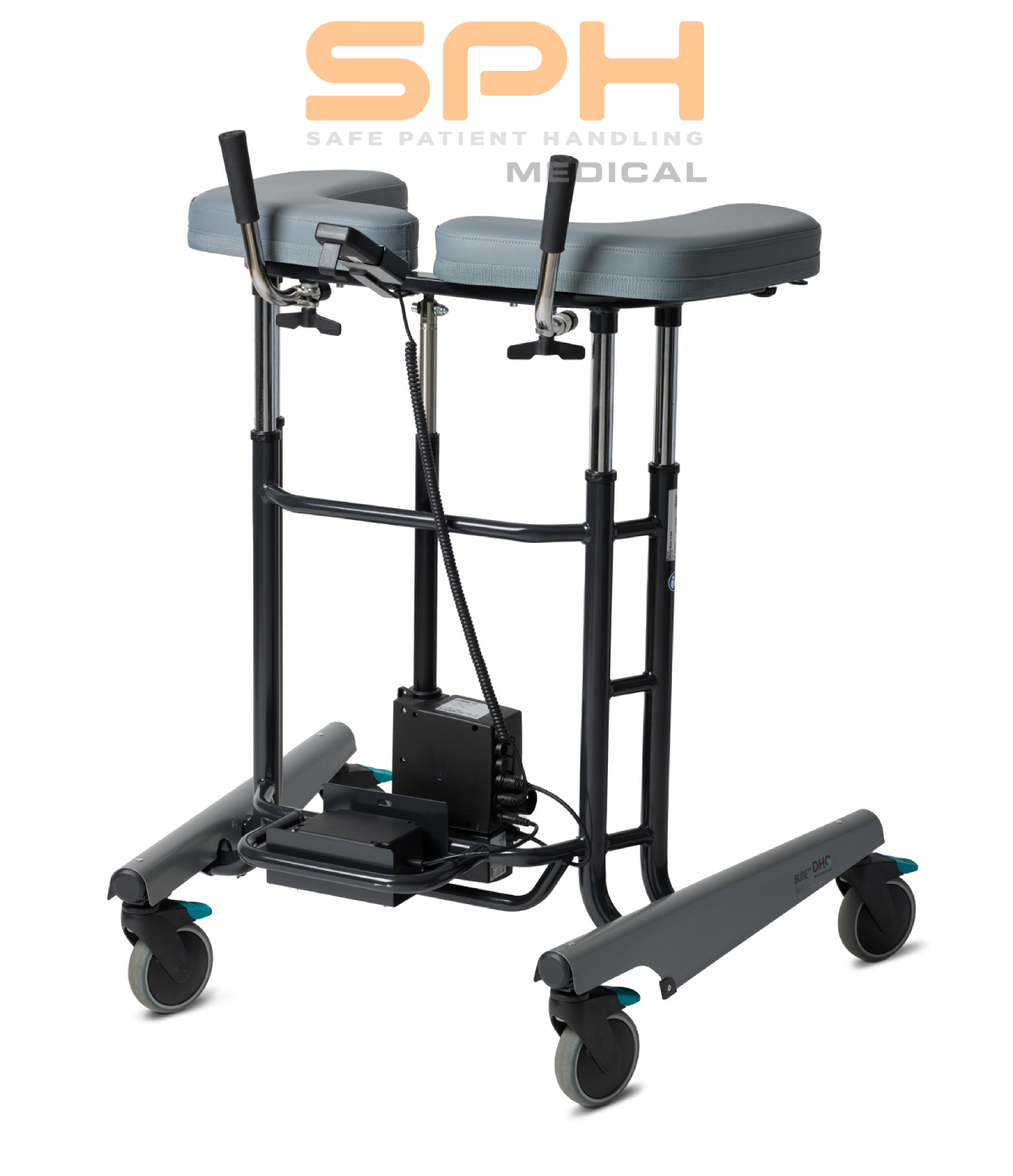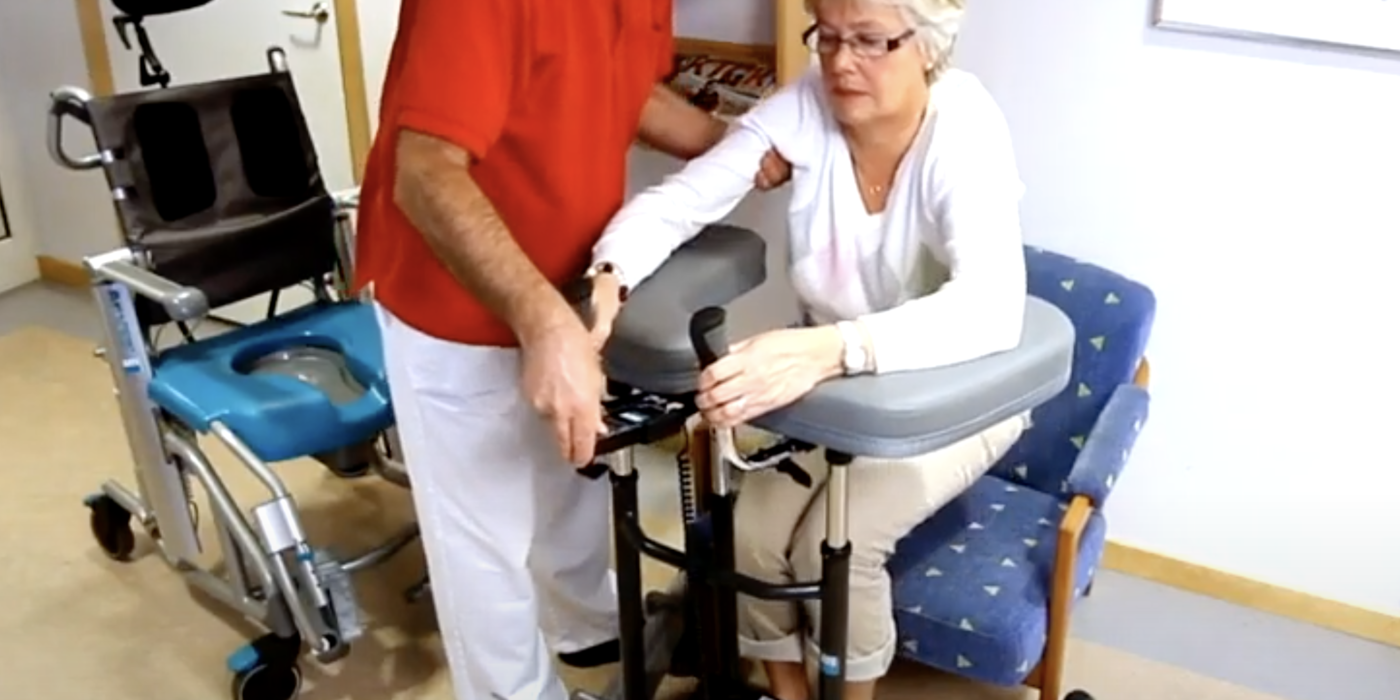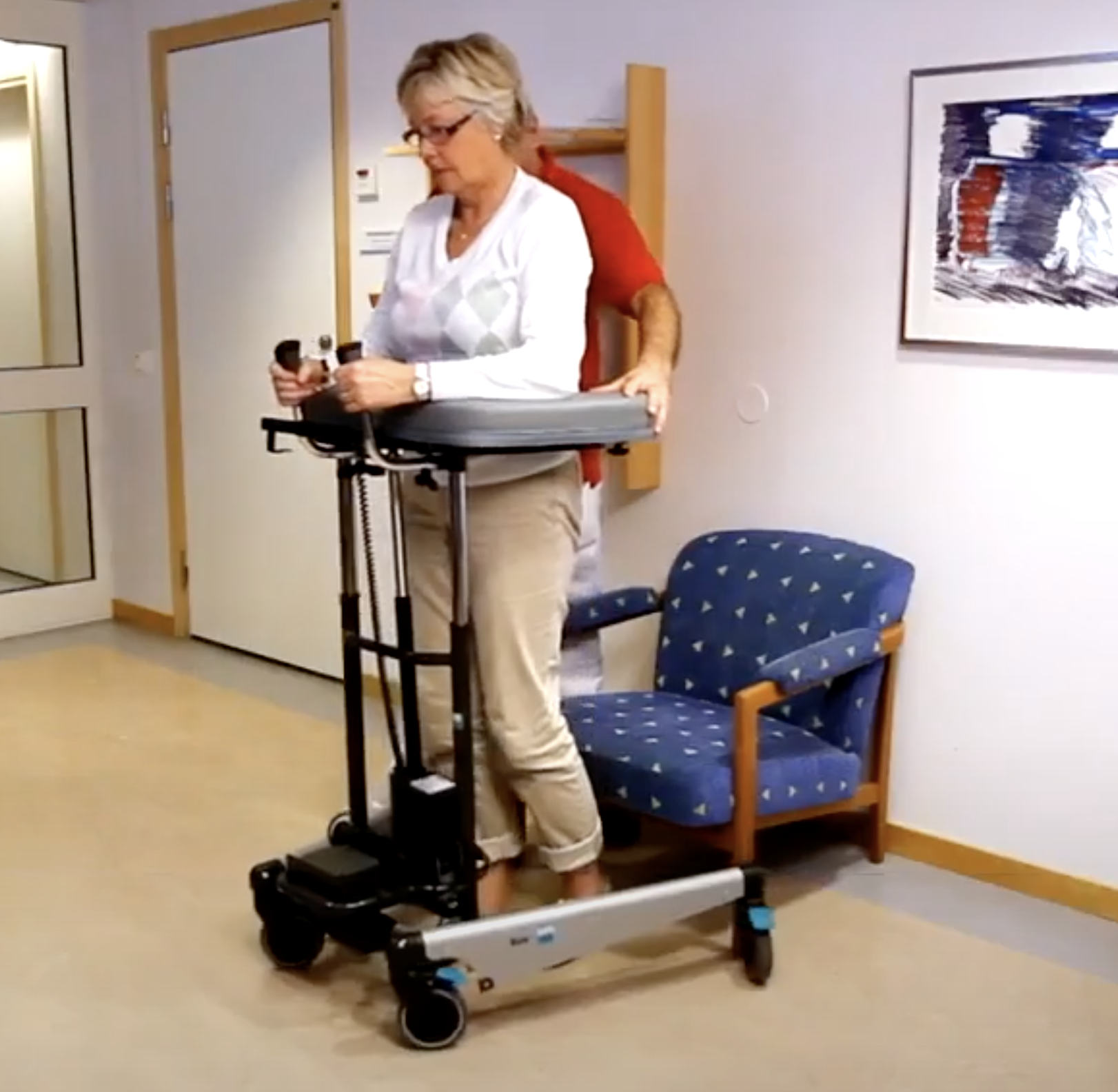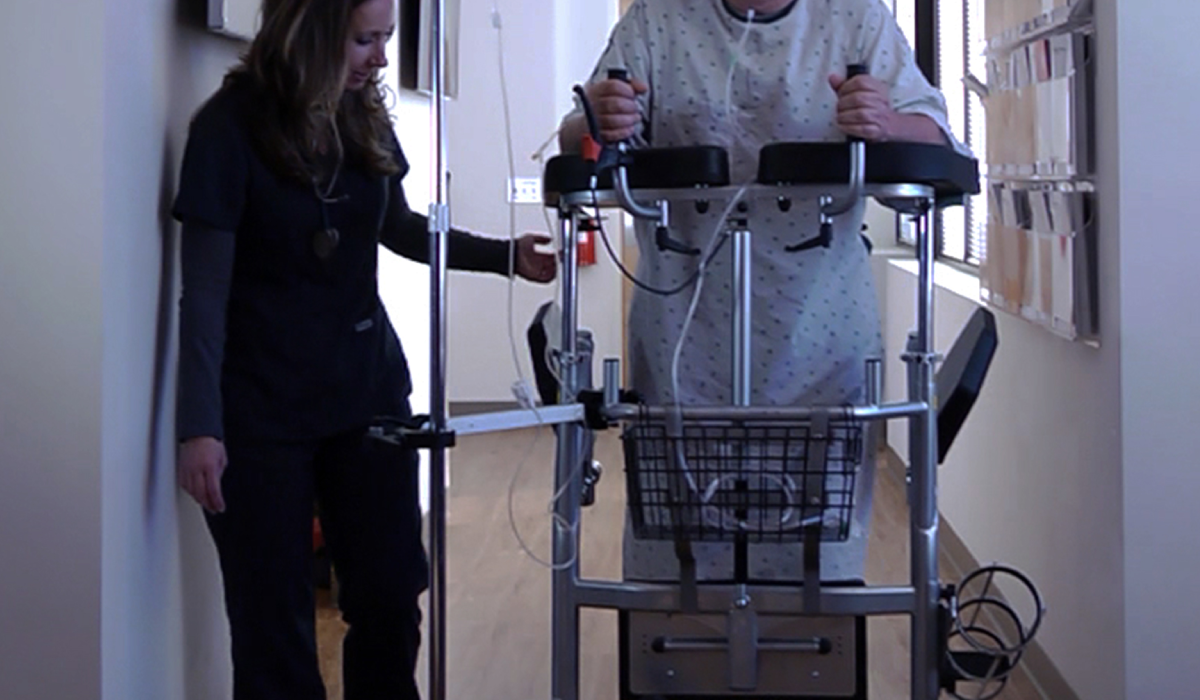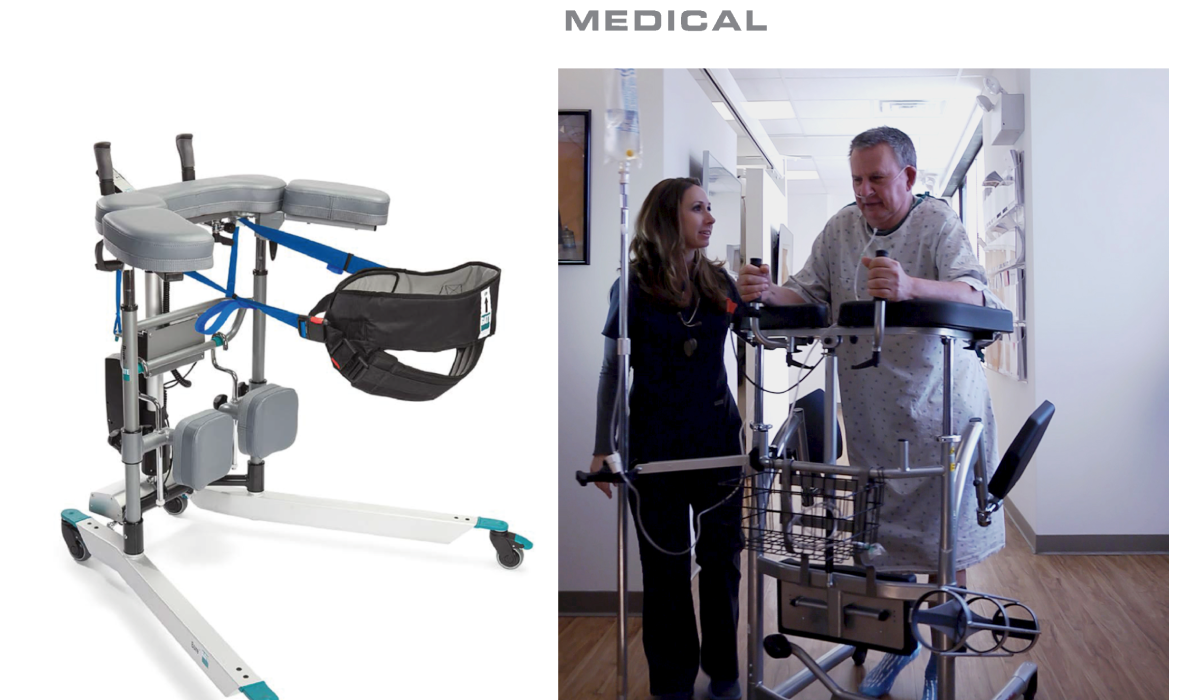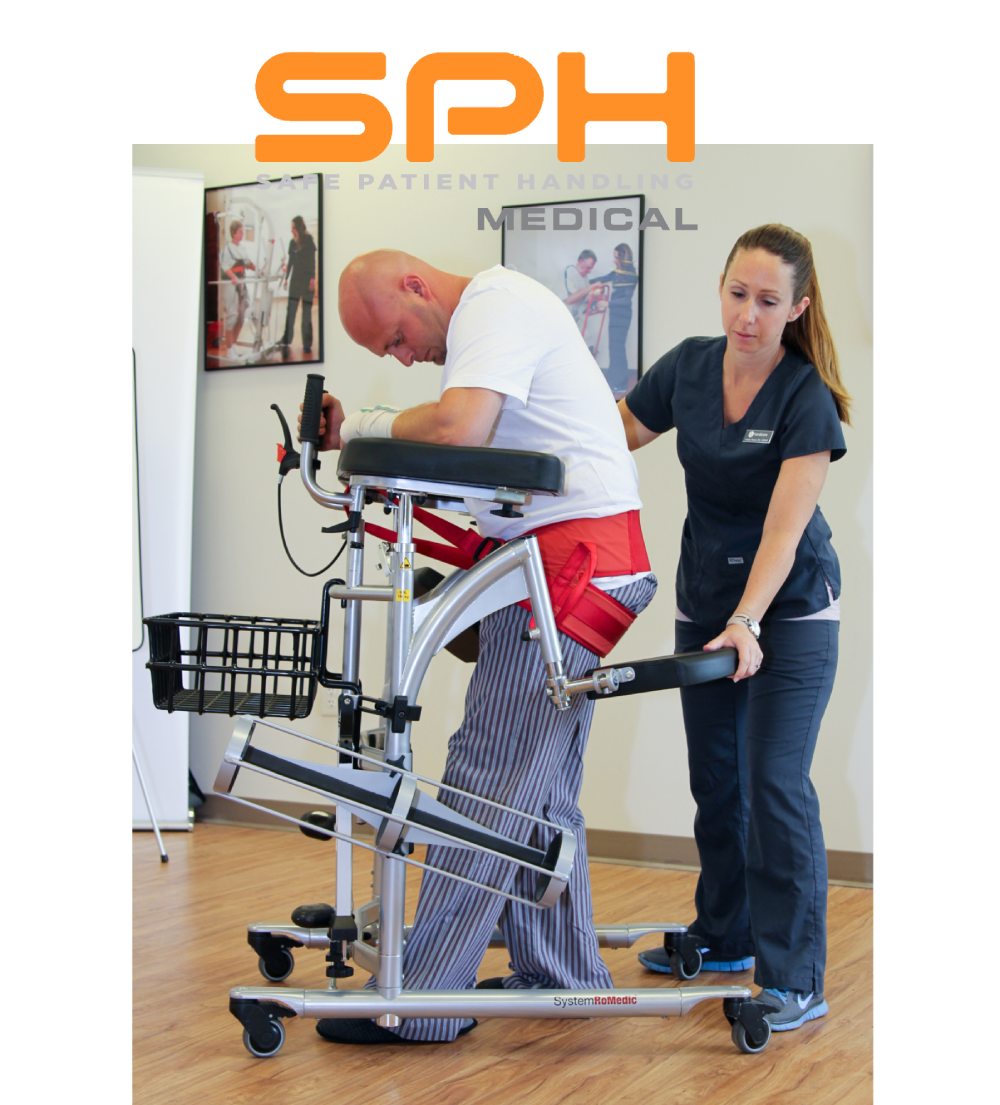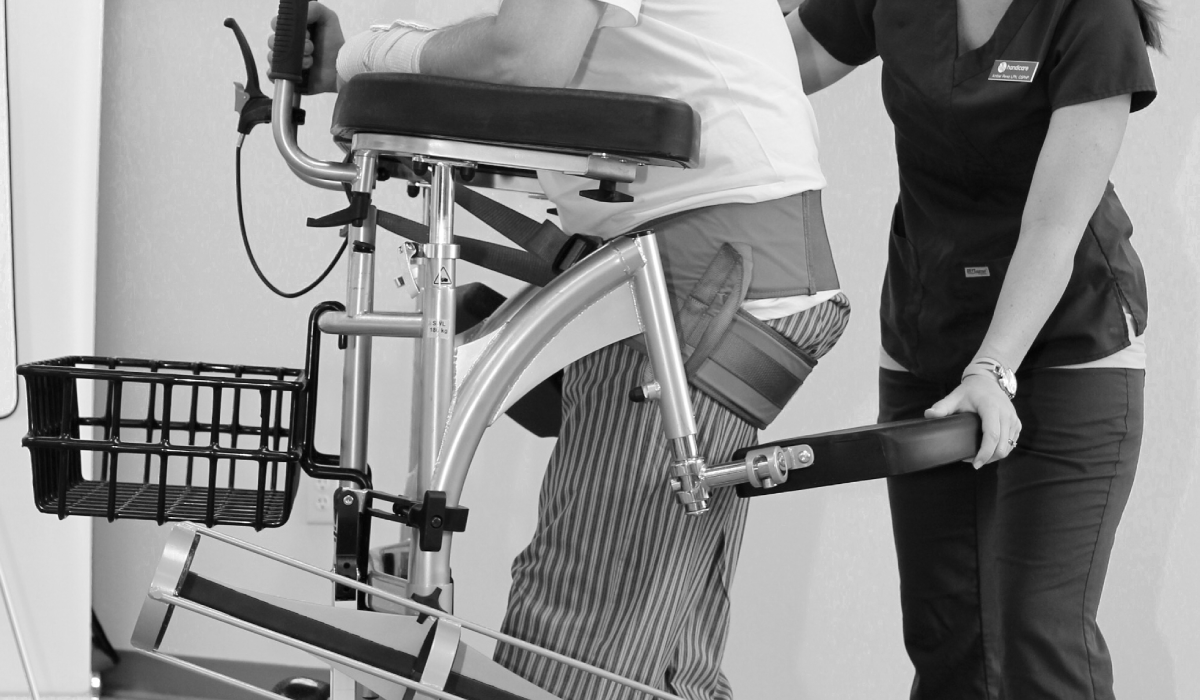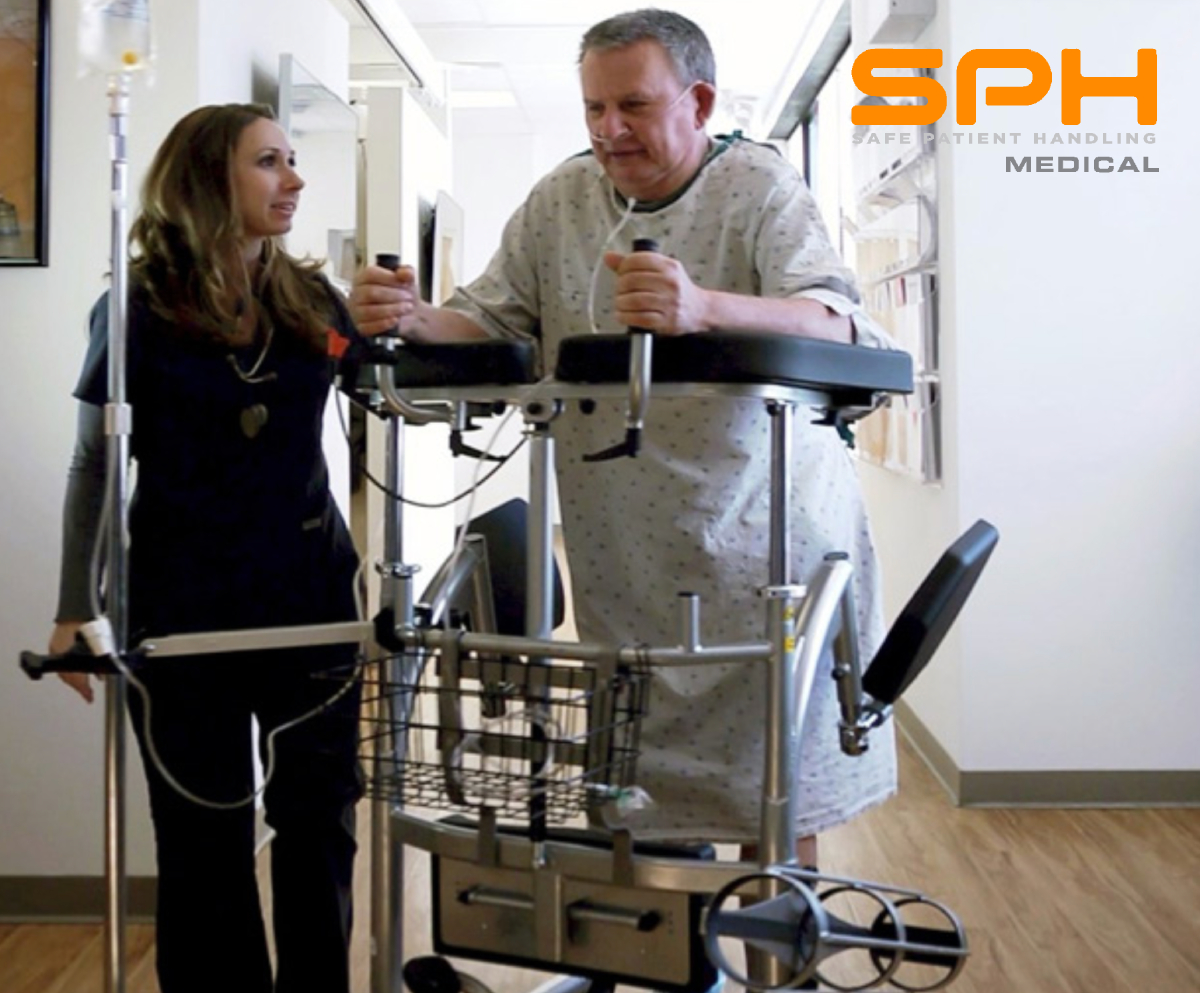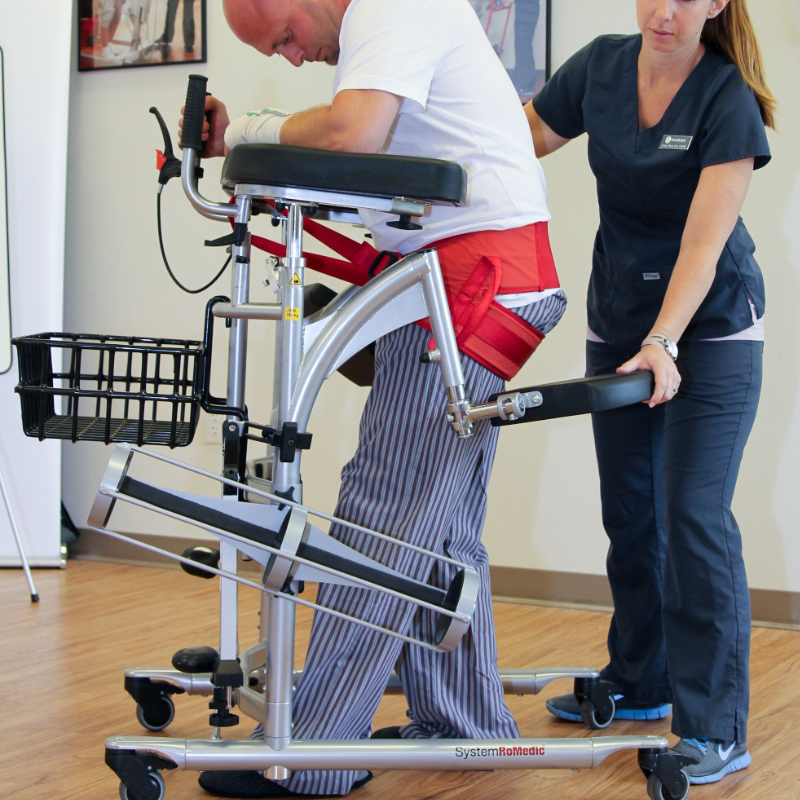In today’s healthcare landscape, the emphasis on early patient mobility within the Intensive Care Unit (ICU) has gained significant prominence. Early Mobility in ICU not only enhances cardiac and respiratory function but also substantially improves patient outcomes, reducing the length of hospital stays. This article explores the challenges faced in ICU settings, details how the SPH Medical RoWalker stands as the gold standard in cardiac walkers, and advocates for its adoption to advance patient care.
Importance of Early Patient Mobility
Early patient mobility is crucial for optimal recovery in ICU settings. It plays a vital role in preventing muscle atrophy and reducing the risk of deep vein thrombosis and pulmonary embolism. Mobilizing patients early helps maintain and improve cardiovascular health, ensuring effective circulation and oxygenation throughout the body. Furthermore, numerous studies indicate that patients who are mobilized early experience fewer complications and shorter hospitalizations. Specifically, research highlights a direct link between early mobility protocols and decreased mortality rates in critically ill populations.
Current Challenges in the ICU Environment
ICU staff face immense challenges, including managing patient delirium, ensuring patient safety, and dealing with the consequences of prolonged bed rest. Bedridden patients often experience delayed recovery times, contributing to longer hospital stays and increasing healthcare costs. The physical and psychological detriments of extended immobility can significantly impact patient outcomes, emphasizing the need for effective mobility solutions.
Features and Benefits of the SPH Medical RoWalker
The SPH Medical RoWalker presents an innovative solution designed to support ICU nurses and physical therapists in mobilizing patients safely. The RoWalker includes support for essential equipment such as IV bags, oxygen tanks, and cardiac monitors, making it an indispensable tool for patient mobilization. A unique feature of the RoWalker is its seat flaps, which serve several important purposes: they aid in fall prevention, eliminate the need for an additional person to pull a wheelchair behind the patient, and rotate outward 180 degrees, allowing the walker to be brought right up to the bedside. Additionally, patients can take early steps with the seat flaps down, which improves patient safety and confidence. This comprehensive design facilitates seamless and secure patient movement, minimizing risks associated with mobility and ensuring that critical devices are adequately supported during the process.
The Importance of Implementing Early Mobility in ICU
Early Mobility in ICU is essential for promoting patient recovery and reducing complications such as pressure ulcers, muscle atrophy, and blood clots. By implementing early mobilization strategies, ICU staff can reduce the length of hospital stays, decrease healthcare costs, and improve overall patient outcomes. Additionally, incorporating early mobility into daily routines can enhance the quality of life for patients during their stay in the ICU.
Evidence-Based Support for Early Mobility
A wealth of historical evidence and key studies underscore the importance of early patient mobility. Results consistently show that early mobilization leads to more rapid recovery, fewer medical complications, and significant reductions in ICU and hospital lengths of stay. Such evidence provides a robust foundation for integrating early mobility protocols in critical care environments, further underscoring their efficacy in enhancing patient well-being.
In conclusion, ICU nursing directors and healthcare decision-makers are strongly encouraged to embrace solutions like the SPH Medical RoWalker to enhance patient outcomes. The integration of such tools not only addresses contemporary ICU challenges but also ensures a higher quality of care and improved patient satisfaction. Implementing the RoWalker stands not just as a technological advancement but as a commitment to patient recovery and well-being, paving the way for a transformative approach to intensive care management.

